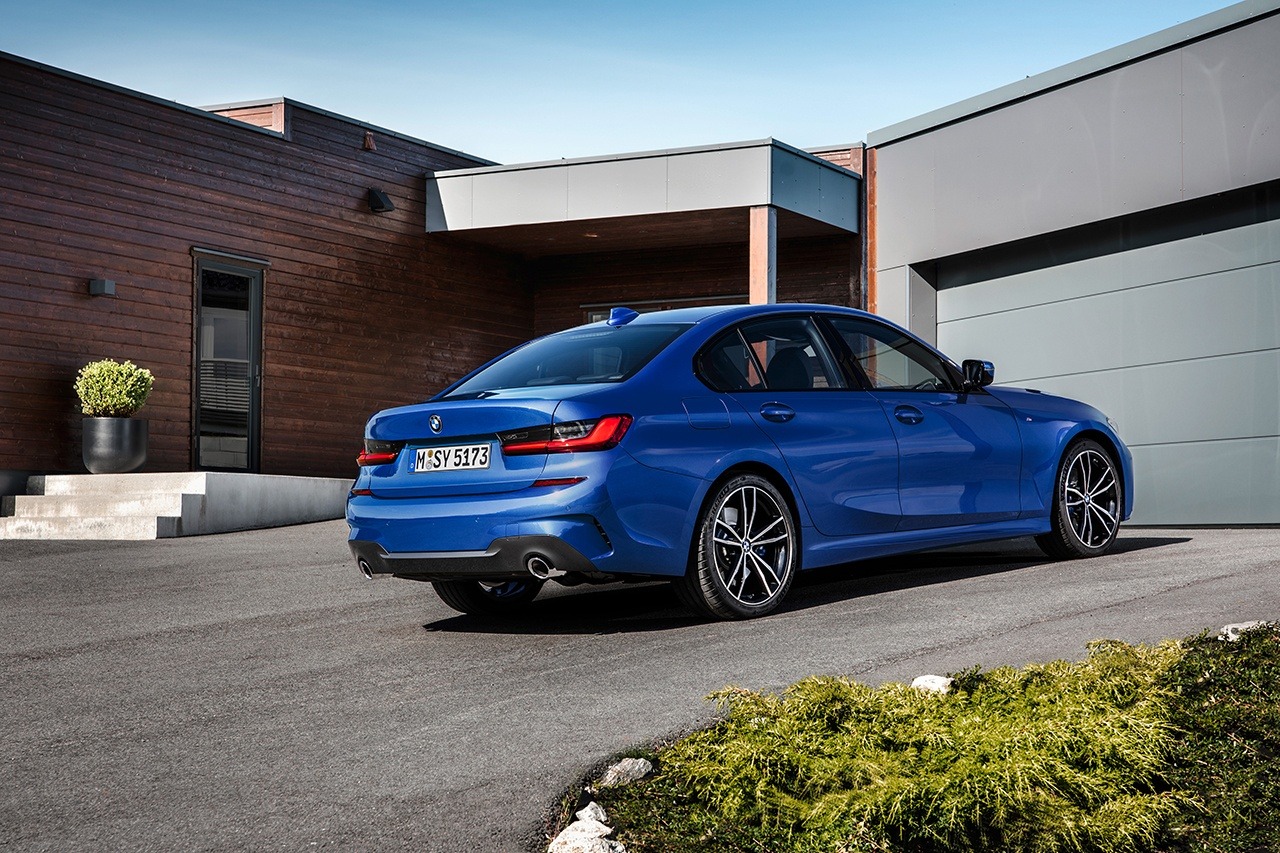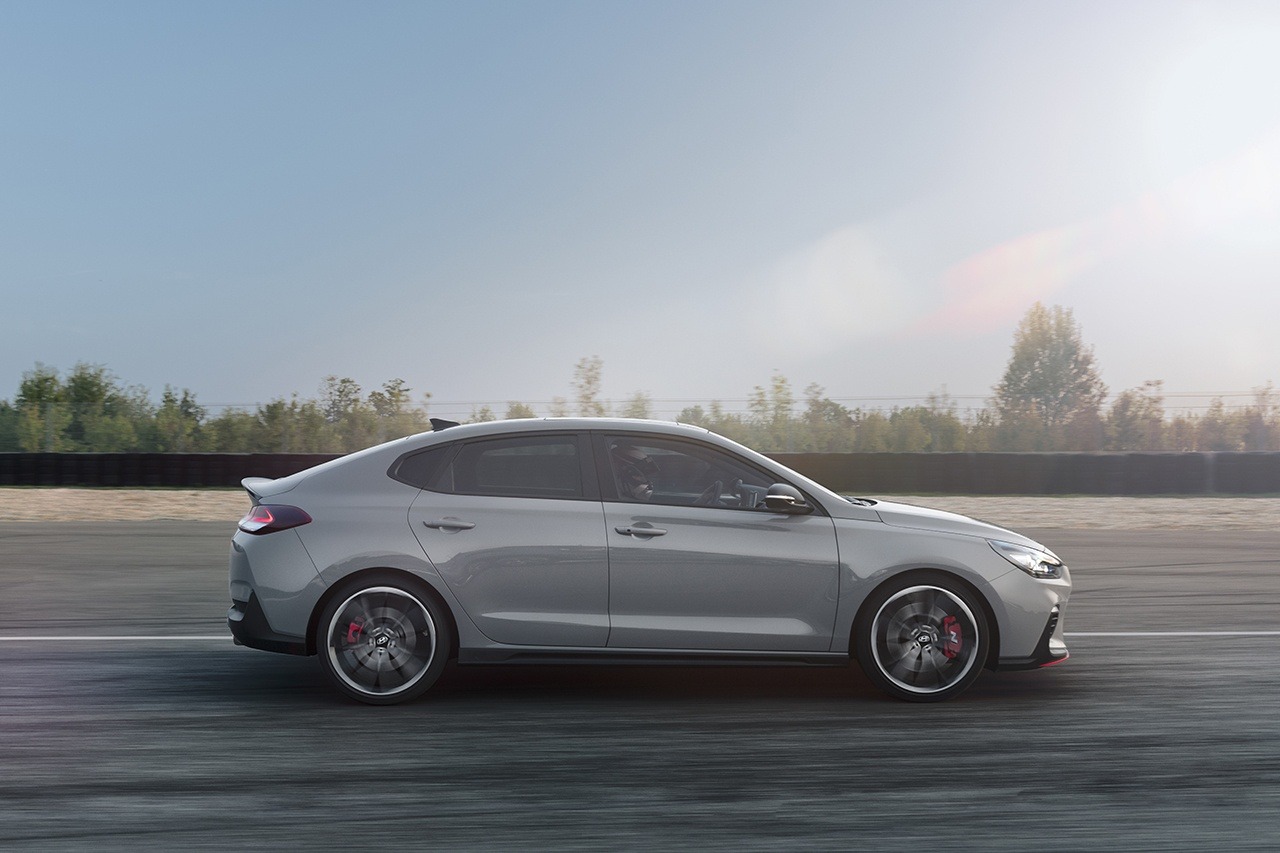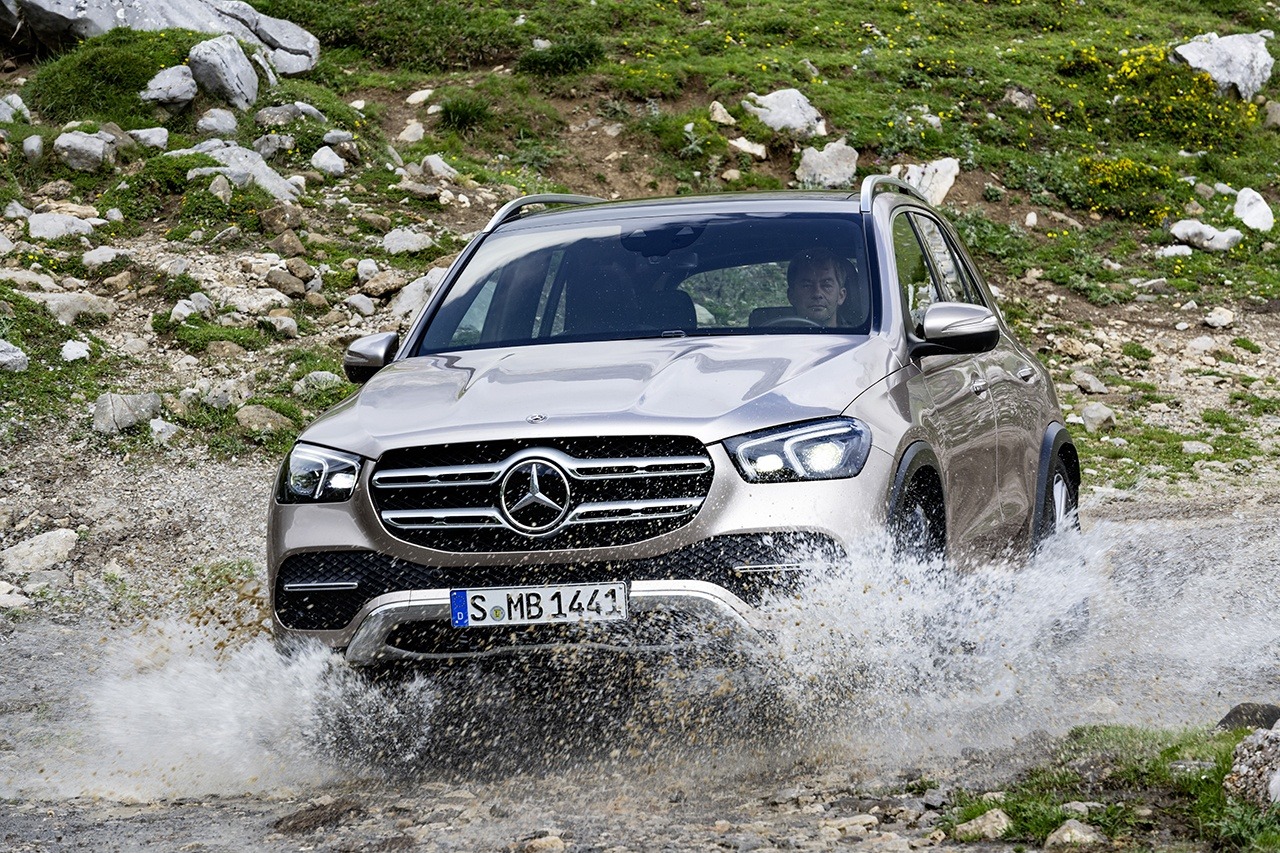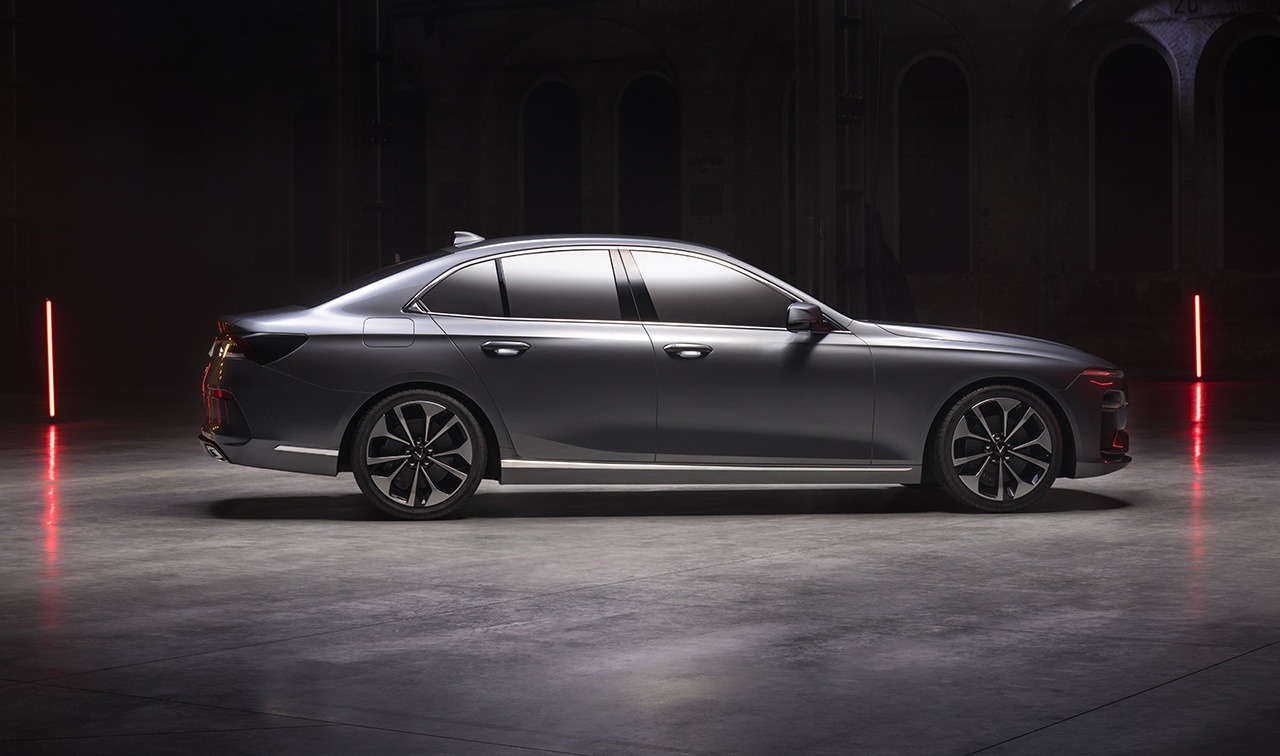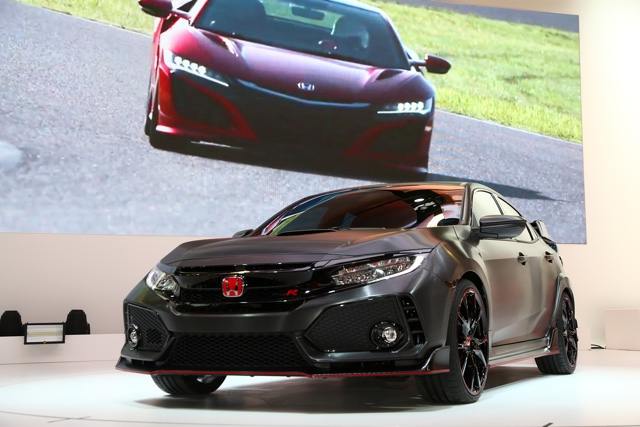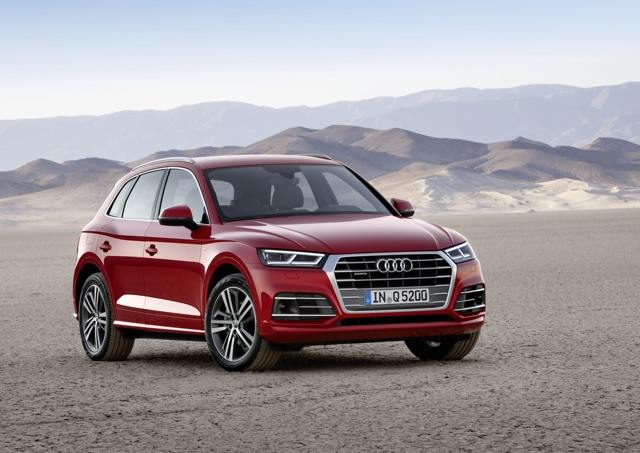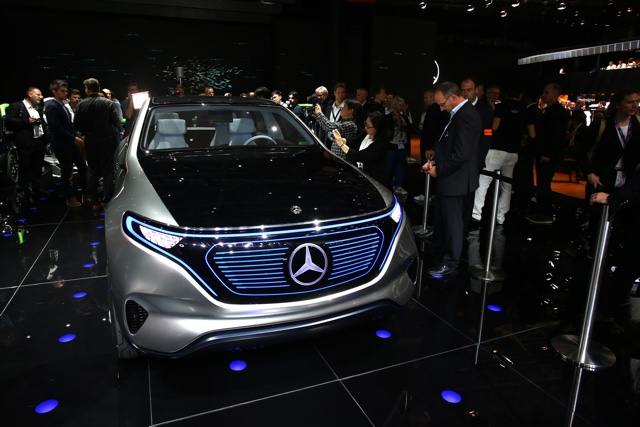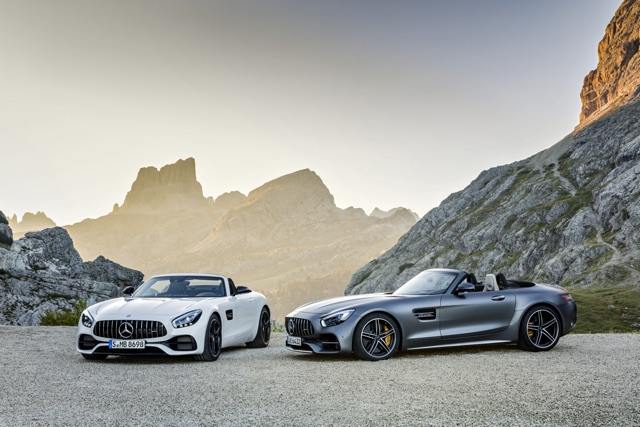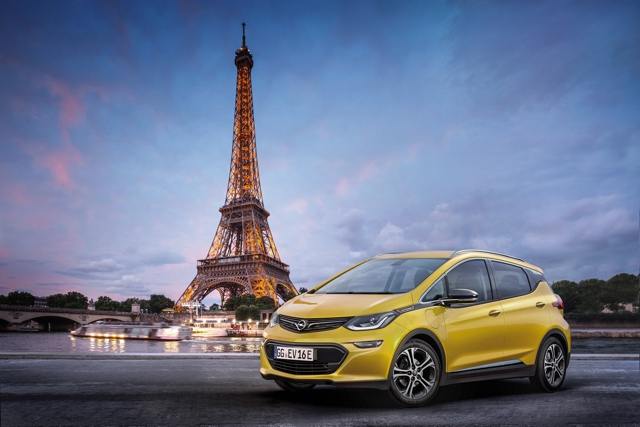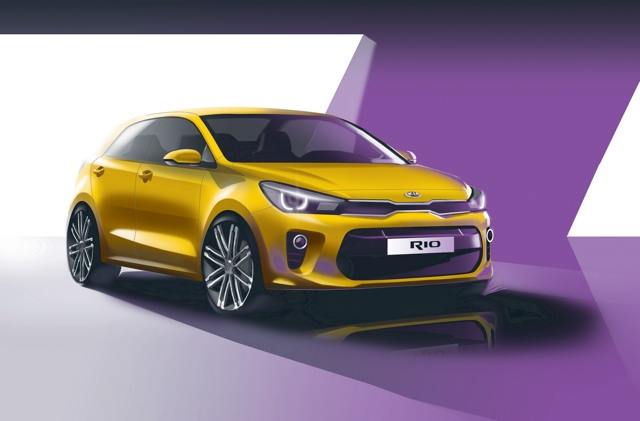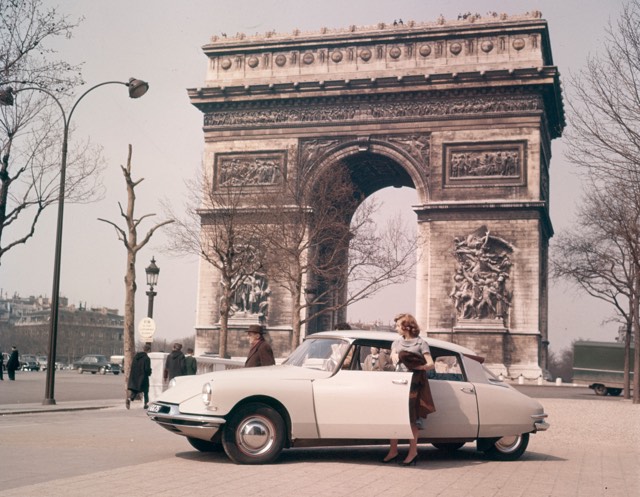Search the Community
Showing results for tags 'paris'.
-
- 7 comments
-
BMW would have loved to surprise everyone with the introduction of the 2019 3-Series at the Paris Motor Show today. But renderings of the new model from the configurator made their way onto the web yesterday. Still, there is a lot information that BMW has kept under wraps until now. Lets begin w...
-
In the U.S., we only get one body style of the Elantra GT. In Europe where the model is known as the i30, Hyundai offers the standard hatchback and a lift back variant called the i30 Fastback. It is quite a good looking compact and makes us somewhat jealous that Europe gets it. Now, Hyundai upped ou...
- 3 comments
-
- hyundai
- i30 fastback
-
(and 4 more)
Tagged with:
-
In the U.S., we only get one body style of the Elantra GT. In Europe where the model is known as the i30, Hyundai offers the standard hatchback and a lift back variant called the i30 Fastback. It is quite a good looking compact and makes us somewhat jealous that Europe gets it. Now, Hyundai upped ou...
- 3 replies
-
- hyundai
- i30 fastback
-
(and 4 more)
Tagged with:
-

2020 Mercedes-Benz GLE-Class Brings Smoother Look, More Tech
William Maley posted an article in Mercedes Benz
Mercedes-Benz couldn't have predicted the runaway success of luxury SUVs when it launched the first-generation M-Class over two decades ago. But the M-Class, now known as the GLE-Class has become one of the cornerstones of this field. Today, Mercedes-Benz has unveiled the new 2020 GLE before its off...- 13 comments
-
- 2
-

-
Mercedes-Benz couldn't have predicted the runaway success of luxury SUVs when it launched the first-generation M-Class over two decades ago. But the M-Class, now known as the GLE-Class has become one of the cornerstones of this field. Today, Mercedes-Benz has unveiled the new 2020 GLE before its off...
- 13 replies
-

VinFast Becomes Vietnam's First Global Automaker
William Maley posted an article in Paris Motor Show
-
A new automaker will be making its global debut next month at the Paris Motor Show. VinFast, Vietnam's first automaker will be showing off a new sedan and SUV. For being their first models, the designs don't look half-baked. This comes down to VinFast reaching out to four major Italian car desig...
-

Honda Reveals Civic Type-R Prototype, Coming To The U.S.
William Maley posted an article in Paris Motor Show
- 7 comments
-
- civic type-r
- debut
-
(and 6 more)
Tagged with:
-
If there has been one piece of forbidden Honda fruit that enthusiasts have been clamoring for a few years, it has to be the Civic Type-R. The good news is that the Type-R is coming and Honda has revealed a "concept" of it at the Paris Motor Show. Like most Honda/Acura concepts, the Civic Type-R...
- 7 replies
-
- civic type-r
- debut
-
(and 6 more)
Tagged with:
-
Audi had two world premieres for this year's Paris Motor Show, the redesigned 2017 Q5 crossover and the high-performance RS3 sedan. We'll begin with the Q5 as it is one of Audi's most important vehicles. The first thing you'll notice is how much the new model looks like the outgoing one....
-
The future at Mercedes-Benz is electric if the Generation EQ is any indication. This electric SUV is a preview of a new lineup of electric vehicles under the EQ brand. EQ if you're wondering stands for "Electric Intelligence". "The emission-free automobile is the future. And our new EQ br...
- 9 replies
-
- electric vehicle
- generation eq concept
- (and 3 more)
-

2017 Land Rover Discovery Drops 1,000 Pounds, Becomes Sleeker
William Maley posted an article in Paris Motor Show
-
Previous Page Next Page The previous two generations of the Land Rover Discovery went by different names in the U.S. - LR3 and LR4. But tonight at an event in Paris, Land Rover introduced the next-generation Discovery and that it what it will go by when it comes to the U.S. ne...
-
Source: Mercedes-Benz Press Release is on Page 2 Stuttgart. From unpaved tracks to steep, serpentine snow-bound roads, the new E-Class All-Terrain can tackle routes where conventional estates have to give up, thanks to greater ground clearance and 4MATIC all-wheel drive. Rugg...
-
- e-class all-terrain
- mercedes-benz
-
(and 2 more)
Tagged with:
-
- 7 comments
-
- gt
- mercedes-amg
-
(and 4 more)
Tagged with:
-
Previous Page Next Page Auto show season is upon us and automakers are beginning to reveal their various debuts. For example, Mercedes-AMG has pulled the curtain back on the AMG GT and GT-C Roadsters that will officially debut at the Paris Motor Show later this month....
- 7 replies
-
- gt
- mercedes-amg
-
(and 4 more)
Tagged with:
-
Previous Page Next Page GM's European division is giving electrics another try. Next month at the Paris Motor Show, Opel and Vauxhall will unveil the Ampera-e. Yes, this is a rebadged version of the Chevrolet Bolt EV. Opel is keeping a lot of details close to their...
-
Previous Page Next Page Kia is teasing the next-generation Rio subcompact a month before its official debut at the Paris Motor Show. In the sketches, the next-gen Rio looks to be more aggressive and sharper. Key details to take in include a longer front and swept-ba...
-
The most famous boulevard in Paris, the Champs-Élysées will not see any vehicles for one Sunday every month. The Agence France-Presse reports that the Paris city government will ban vehicles from the Champs-Élysées the first Sunday of every month. The ban will go into effect on May 8th, not the 1st....
- 2 replies
-
- Banning Cars
- Champs-Elysees
-
(and 3 more)
Tagged with:
-
The most famous boulevard in Paris, the Champs-Élysées will not see any vehicles for one Sunday every month. The Agence France-Presse reports that the Paris city government will ban vehicles from the Champs-Élysées the first Sunday of every month. The ban will go into effect on May 8th, not the 1st....
- 2 comments
-
- Banning Cars
- Champs-Elysees
-
(and 3 more)
Tagged with:


